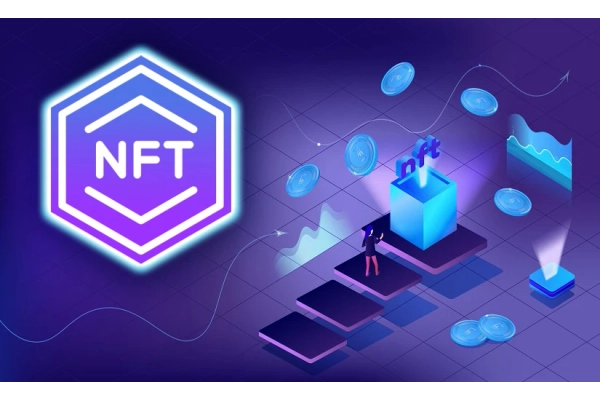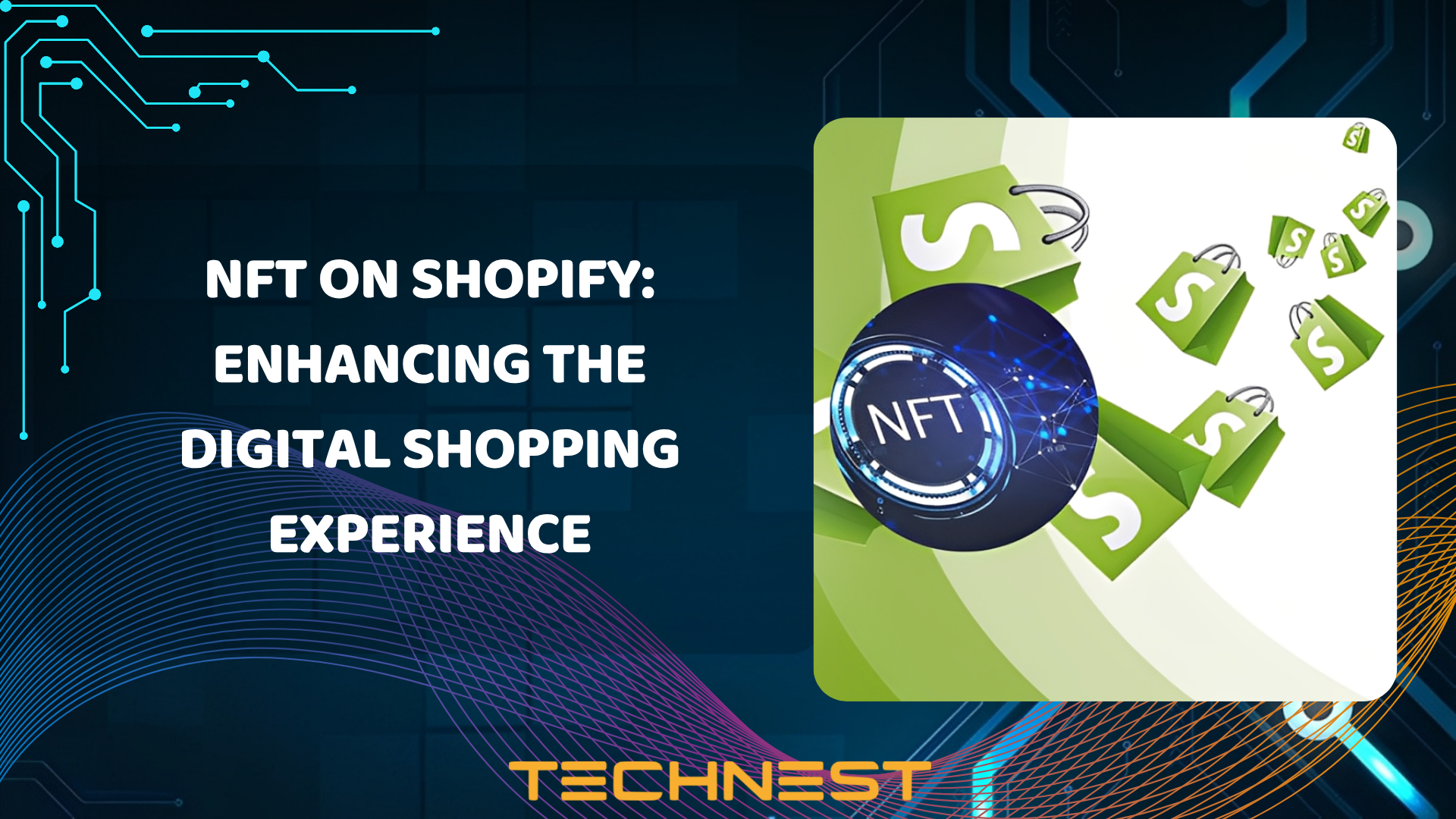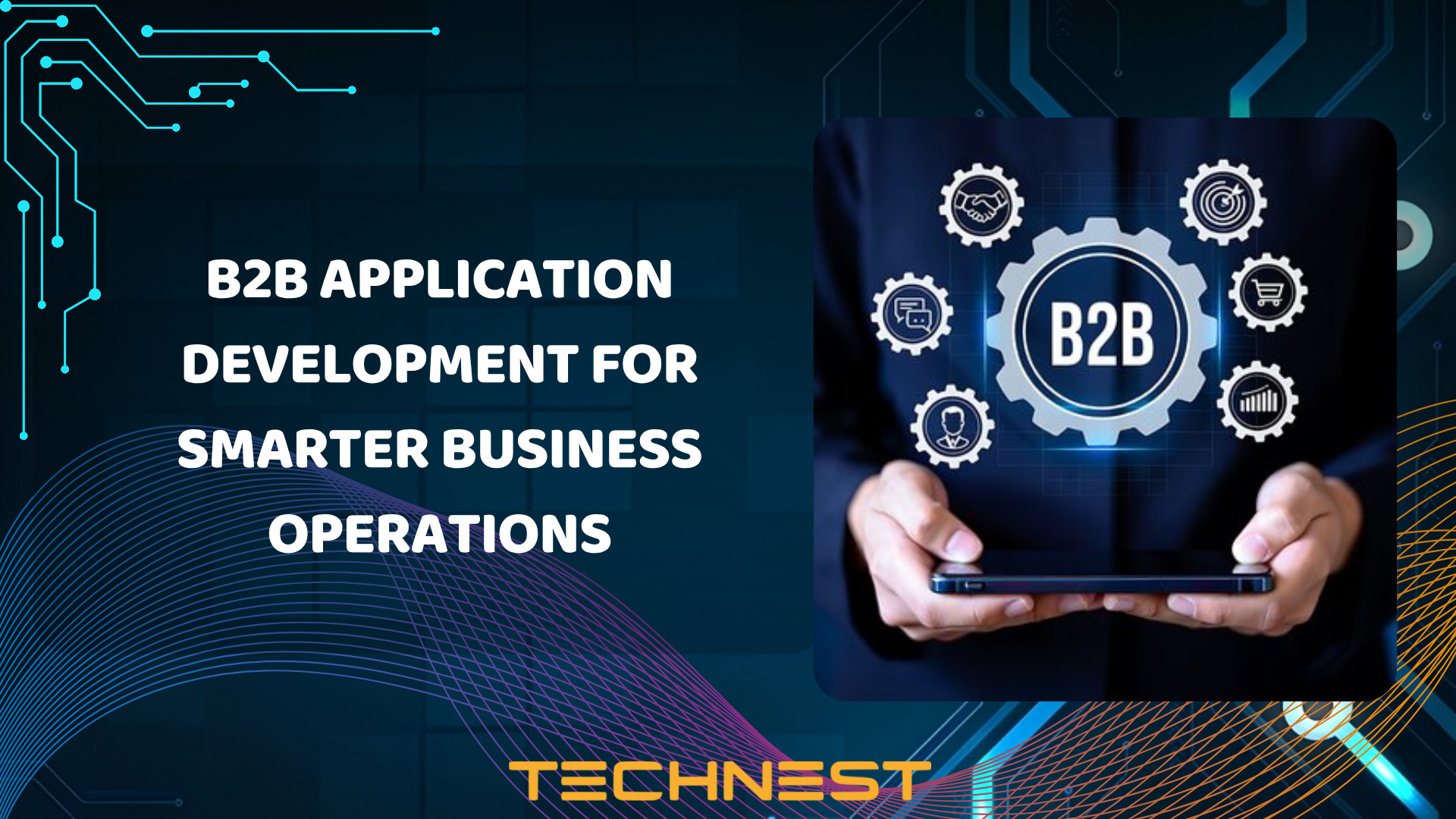NFT on Shopify: Enhancing the Digital Shopping Experience
About project
In the era of Web3 and blockchain innovation, companies must adapt to stay competitive. Leveraging NFT on Shopify enables businesses to blend traditional e-commerce with digital assets, enhancing customer experiences and creating new brand value. This article showcases Company X, a Web3 pioneer, which transformed its Shopify store into a digital asset marketplace by integrating NFTs into its business model, driving engagement and innovation.
E-Commerce Meets Emerging Trends: Challenges and Opportunities
Company X is a dynamic brand specializing in products related to NFTs and blockchain. To stand out in the competitive tech landscape, the company built its store on Shopify and launched a strategy to integrate NFT on Shopify, combining physical merchandise with digital collectibles. This hybrid approach not only enhanced the customer experience but also elevated the brand’s market positioning.

The company identified three key opportunities:
- Boosting Exclusivity: By creating one-of-a-kind digital products with high collectible value, Company X tapped into the psychology of scarcity and uniqueness.
- Engaging the Crypto Community: The integration allowed deeper connections with Web3-native consumers who are already familiar with NFTs and digital wallets.
- Establishing a Tech-Forward Brand Identity: The move positioned Company X as an innovative, blockchain-friendly brand that embraces emerging technologies.
These strategic goals led Company X to make a bold decision: to fully integrate NFT on Shopify as a core component of its sales and branding strategy.
Building the Infrastructure: Connecting Shopify with Blockchain
To successfully implement NFT on Shopify, Company X leveraged a robust technological ecosystem that combined traditional e-commerce tools with modern Web3 capabilities:
- Shopify as the Core Platform: Shopify served as the foundation for building and operating the online store, offering a familiar user interface and essential features such as product management, order processing, and payment systems.
- Shopify NFT Applications: These tools—either official Shopify apps or third-party integrations—enabled the company to mint, manage, list, promote, and sell NFTs directly through its storefront without requiring deep blockchain coding knowledge.
- Tokenization Tools: Shopify’s tokenization features allowed NFTs to be linked with actual digital assets such as 2D images, animated videos, or exclusive 3D models that customers would receive upon purchase.
- Blockchain Networks (Ethereum/Polygon): NFTs were minted and stored on reliable blockchains like Ethereum or Polygon, ensuring transparency, immutability, and verifiable ownership.
- Digital Wallets: Customers were required to use wallets like MetaMask to complete transactions (including gas fees and NFT payments) and receive NFTs into their personal collections.
Simplifying the NFT Shopping Experience
Company X designed a seamless purchasing journey to maximize convenience for customers engaging with NFT on Shopify. Their process included four key steps:

1. Creating a Unique NFT Collection
The company invested in developing a curated NFT collection featuring hundreds of visually striking designs with artistic value and crypto-themed narratives. Scarcity and exclusivity were central to the collection’s appeal, making each NFT a desirable digital collectible.
2. Integrating and Listing NFTs as Products
Using Shopify’s NFT applications, the technical team embedded NFT functionality directly into the store. NFTs were listed just like regular products on Shopify, complete with detailed descriptions, brand storytelling, and step-by-step purchasing instructions.
3. Streamlining the Transaction Process
Customers could purchase NFTs in a manner similar to buying physical products:
- Add to Cart: Customers selected their desired NFT and added it to their shopping cart.
- Crypto Payment: They were guided to connect their digital wallet and complete payment using cryptocurrencies such as ETH, MATIC, or stablecoins. This covered both the NFT price and blockchain gas fees.
- Minting and Delivery: Once the transaction was confirmed on the blockchain, Shopify automatically triggered the minting process and transferred the NFT to the customer’s wallet address.
4. Verifying Ownership
Customers could easily verify their NFT ownership on public blockchain platforms like Etherscan or secondary NFT marketplaces such as OpenSea. This added an extra layer of transparency and trust to the transaction.
Tangible Results from NFT on Shopify
The integration of NFT on Shopify delivered measurable success for Company X, reinforcing its leadership in the Web3 space:
- Enhanced Customer Engagement: The NFT experience attracted crypto-savvy users and offered them a unique shopping journey with exclusive perks.
- New Revenue Streams: NFT sales generated fresh income not only from initial purchases but also from royalties on secondary market transactions.
- Brand Elevation: By embracing blockchain technology, Company X positioned itself as a forward-thinking brand aligned with digital innovation.
- Simplified Transactions: Even customers unfamiliar with crypto could easily purchase NFTs through Shopify’s intuitive interface.
Conclusion: NFT on Shopify as a Blueprint for the Future
Company X’s NFT on Shopify initiative stands as a compelling example of how traditional e-commerce can successfully integrate with Web3 technologies. This strategy not only helped the company assert its position as a tech pioneer but also created a multidimensional business model that promises sustainable revenue and long-term growth.

NFTs are more than just digital products—they’re a new form of brand engagement. By leveraging Shopify’s flexible platform, businesses can use NFTs to deepen customer relationships, differentiate their offerings, and redefine the future of online commerce.
NFT on Shopify is not just a trend—it’s a transformative strategy for brands ready to lead in the digital age.







